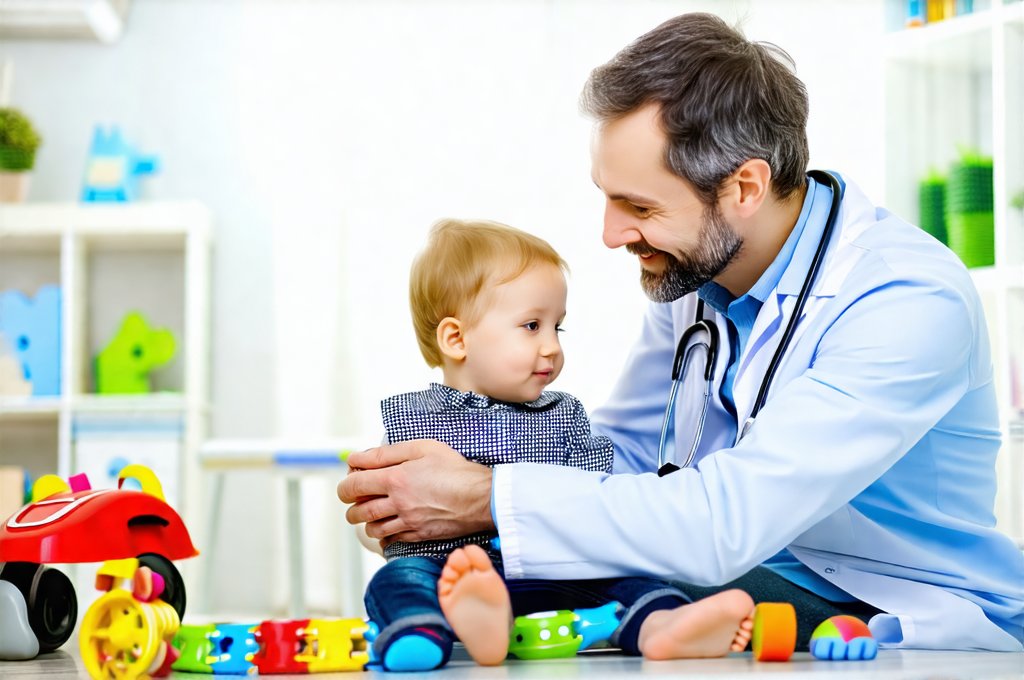The world from a young child’s perspective is one of constant discovery, learning, and developing self-regulation skills. Often overlooked in discussions about childhood development is the significant impact seemingly simple physiological states can have on a child’s ability to focus and learn. One such state is bladder fullness. While we adults generally manage our bodily needs without much conscious thought, young children are still developing this capacity. A full bladder isn’t just a physical sensation; it occupies cognitive resources, diverting attention away from tasks at hand and potentially impacting concentration, mood, and even behavior. Understanding how this works is crucial for parents, educators, and caregivers aiming to support optimal learning environments for children.
The connection between bodily sensations and cognitive function is deeply rooted in neuroscience. When the bladder fills, signals are sent to the brain not just related to needing to urinate, but also activating areas associated with attention and executive functioning. This activation, while necessary for recognizing the body’s needs, can unintentionally pull focus away from external stimuli like a teacher’s instruction or an engaging story. The degree of impact varies considerably between children, depending on factors such as age, bladder capacity, level of awareness of bodily sensations (interoception), and even emotional state. Recognizing this interplay is the first step towards creating supportive strategies that minimize disruption and maximize learning opportunities for young children.
Understanding the Physiological Link
The physiology behind why a full bladder impacts concentration begins with the autonomic nervous system. This system controls involuntary functions like heart rate, digestion, and – crucially – bladder control. As the bladder fills, stretch receptors within its walls send signals to the brain via nerves. These signals aren’t simply “I need to pee” messages; they are complex neurological communications that activate multiple brain regions simultaneously. – The pons, a part of the brainstem, plays a key role in initiating the urge to urinate. – Simultaneously, areas responsible for attention and executive function (like the prefrontal cortex) become engaged as the brain assesses the urgency and plans a response. This activation, while functional, introduces a cognitive load that can interfere with other ongoing mental processes.
This isn’t necessarily about a child actively thinking about their bladder all the time. It’s more subtle. A full bladder creates a background level of neurological “noise,” requiring some degree of attention to manage even if it’s subconscious. For a young child whose cognitive resources are already stretched thin by learning and social interactions, this added load can be significant. Furthermore, the anxiety associated with needing to use the restroom – particularly in unfamiliar environments or when engrossed in an activity – can exacerbate the problem, further diminishing concentration. The brain simply cannot effectively focus on two demanding tasks simultaneously.
Think of it like trying to listen to a conversation while someone is tapping loudly nearby. You might try to filter out the noise, but it still takes effort and diminishes your ability to fully grasp what’s being said. A full bladder acts as that distracting “tap,” subtly pulling attention away from more important cognitive tasks. This explains why children sometimes seem inattentive or distracted when they are simply experiencing a physiological need. It is also possible that underlying issues, such as chronic bladder pain can contribute to this distraction.
The Role of Interoception
Interoception, often described as the sense of what’s happening inside your body, is crucial here. It’s our ability to perceive internal signals like heart rate, hunger, thirst, and – importantly – bladder fullness. Children develop interoceptive awareness at different rates. Some children are highly attuned to their bodily sensations and can easily identify when they need to use the restroom. Others have a less developed sense of interoception, making it harder for them to recognize these signals until they become more urgent (and potentially disruptive). This difference in interoceptive awareness explains why some children frequently interrupt activities to go to the bathroom while others rarely do.
Developing interoceptive awareness is an ongoing process throughout childhood. Parents and educators can support this development by: 1) Encouraging children to name their feelings and sensations (“I notice my tummy feels full,” or “My legs feel wiggly”). 2) Creating opportunities for mindful activities like deep breathing exercises, which help children become more attuned to their bodies. 3) Avoiding shaming or punishing accidents, as this can discourage children from paying attention to their bodily signals. A supportive and understanding approach is key to helping children develop a healthy relationship with their internal sensations. Sometimes, emotional states can impact bladder function; learning emotions affect the bladder can help understand these connections.
Age & Bladder Capacity
A child’s bladder capacity increases with age. Younger children (toddlers and preschoolers) have smaller bladders and less developed bladder control than older children (school-age). This means they need to use the restroom more frequently, and are more vulnerable to distractions caused by a full bladder. A toddler might only be able to “hold it” for 60-90 minutes, while a six-year-old may have a capacity closer to two hours or more. It’s important to remember that these are averages; individual variations exist.
Furthermore, younger children are still learning the social cues associated with needing to use the restroom. They might not recognize the early warning signs or feel comfortable interrupting an activity to ask to go. This can lead to accidents or increased distraction as they struggle to manage their bladder control while attempting to focus on a task. Understanding these developmental differences is vital for creating age-appropriate expectations and providing adequate support. Issues relating to birth can lead to changes in bladder function, even early on.
Environmental Factors & Anxiety
The environment itself plays a significant role. A noisy, chaotic classroom or a stressful situation can all heighten the impact of a full bladder. When children are anxious or overwhelmed, their nervous system goes into overdrive, making them more sensitive to bodily sensations. This heightened awareness can amplify the feeling of needing to use the restroom, leading to increased distraction and difficulty concentrating.
Creating calm, predictable routines and minimizing distractions can help reduce anxiety and support better concentration. For example, – Providing regular bathroom breaks during structured activities. – Allowing children to quietly excuse themselves when needed without fear of judgment. – Creating a comfortable and private bathroom environment. These simple strategies can make a significant difference in a child’s ability to stay focused and engaged.
Strategies for Support & Mitigation
Addressing the impact of bladder fullness on concentration isn’t about eliminating bathroom breaks; it’s about being proactive and creating supportive systems that minimize disruption. For educators, this means incorporating regular, scheduled bathroom breaks into the daily routine—especially before activities requiring sustained attention, like story time or independent work. These breaks shouldn’t be viewed as interruptions but rather as opportunities to support children’s physiological needs and optimize their learning potential.
Parents can help at home by establishing consistent toileting routines. Encouraging children to use the restroom before leaving for school or starting an activity can prevent unnecessary distractions later on. Open communication is also key. Creating a safe space where children feel comfortable asking to go without fear of reprimand fosters independence and allows them to manage their bodily needs effectively. Remember, accidents happen, and responding with patience and understanding is far more effective than punishment. Acidic foods can also play a role in bladder irritation for some children.
Finally, it’s crucial to remember that every child is different. What works for one child may not work for another. Observing a child’s behavior and paying attention to their individual cues are essential for tailoring strategies to their specific needs. If you notice consistent difficulties with concentration or frequent accidents despite implementing these strategies, consider consulting with a pediatrician or other healthcare professional to rule out any underlying medical conditions.





















